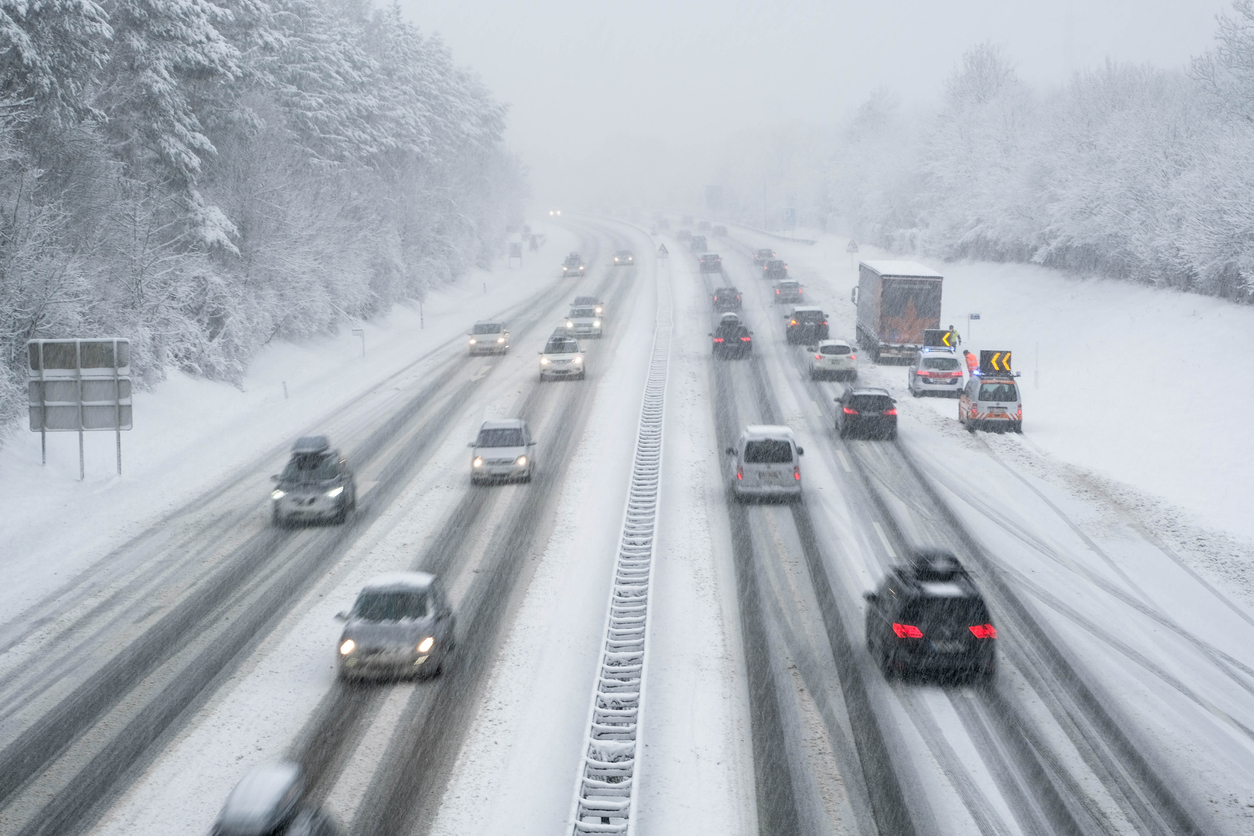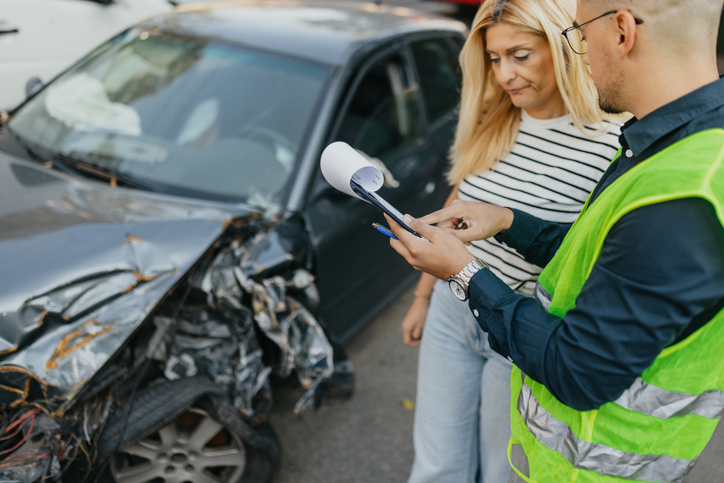Winter Driving Tips
Winter transforms our streets into a snowy spectacle, but it also brings challenges for drivers. Fear not! We’ve crafted your go-to guide for winter driving safety and insurance savvy.
Winterizing Your Vehicle.
There are a lot of simple things you can do to ensure your vehicle is ready to roll this winter. On top of your regular vehicle maintenance, ensure you install winter tires – or that your all-weather tires have sufficient tread for icy and snowy roads. Check your brakes; you want them at their best, as stopping distances increase on slick pavement. Make sure your battery, antifreeze, and windshield washer fluids are full and topped up.
As well, don’t forget to always fully clean snow and ice off your vehicle before driving – it can save lives!
Safe Driving Practices.
It’s been a whole year since we were last winter driving – and it’s different than driving on dry, summer roads! Make sure you give yourself more time to stop for traffic signs and lights or behind other vehicles. Your vehicle’s stopping distance can be greatly increased when roads are slippery. Use gentle maneuvers when braking, turning, or merging to avoid skidding and pay attention to your vehicle’s built in safety features.
If your traction control indicator lights up – accelerate slowly and turn with caution to avoid skidding. If you feel a stuttering sensation in your brake pedal, your ABS system has engaged because the road is slippery. It’s time to slow down, leave extra space, and brake with caution.
Insurance Tips for Winter Hazards.
It’s always a good idea to have collision and comprehensive (“full coverage”) coverages on your vehicle to help with repairs or replacement if your vehicle is damaged in an accident. However, winter is a good time to review your coverage. In addition to increased collision rates involving several vehicles, single-vehicle accidents increase during the winter months. Comprehensive coverage can also help vehicle damage caused by severe winter weather such as a chunk of ice flying off another vehicle and damaging your windshield, or if an ice covered tree branch falls on your vehicle.
Make sure you understand your coverage and are properly protected.
Emergency Kit Essentials.
Make sure you have an emergency kit in your vehicle. It doesn’t seem likely that you will be stranded in your vehicle – until it happens. If you have an accident, or even get caught in traffic behind an accident, you could be stranded in your vehicle for several hours. An effective emergency kit should include:
- Blankets, coats, mittens, hats
- Flashlight and batteries
- Non-Perishable snacks
- Water
- Back-up cell phone charger for the car
- Important or time sensitive medication
- Extra leash (if you have a furry friend!)
Discounts for Winter-Ready Vehicles.
In addition to staying safe, preparing for winter driving can save you some money! Ensuring your car is winter-ready not only saves you money on vehicle repair costs, but also can save you some money on car insurance for having winter tires on your vehicle.
Winter driving can be challenging, but armed with knowledge and preparedness, you can glide through the season confidently.







 Most policies insured with Cheep Insurance are Agency Bill/IFS financed policies. You can determine who manages your payments by following the directions below. If you are still not sure who manages your payments, call our team as funds paid directly to the insurance company when they should go to IFS will cause large delays.
Most policies insured with Cheep Insurance are Agency Bill/IFS financed policies. You can determine who manages your payments by following the directions below. If you are still not sure who manages your payments, call our team as funds paid directly to the insurance company when they should go to IFS will cause large delays.